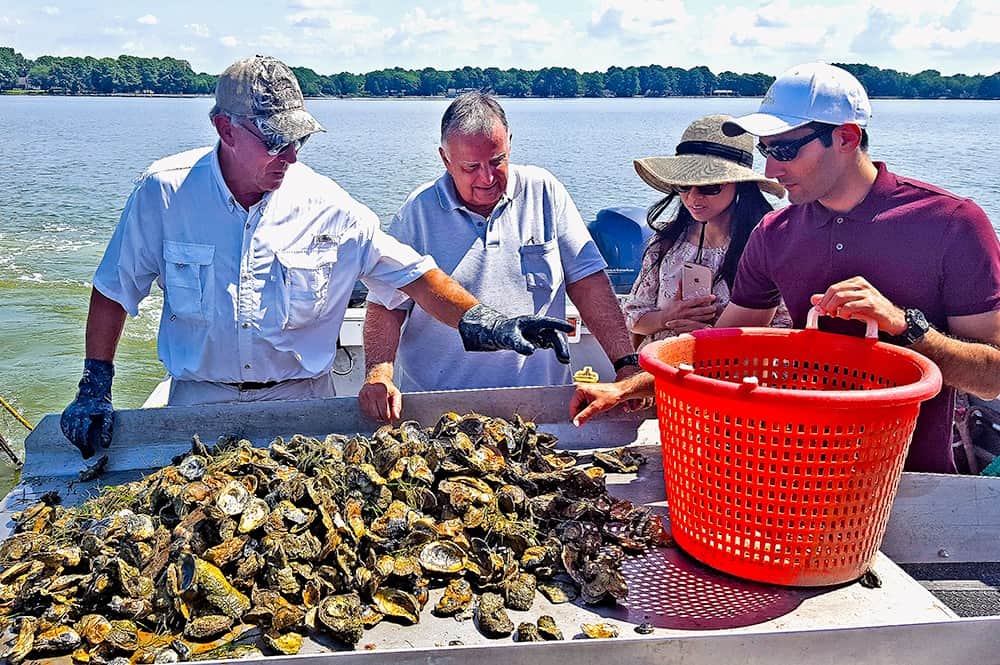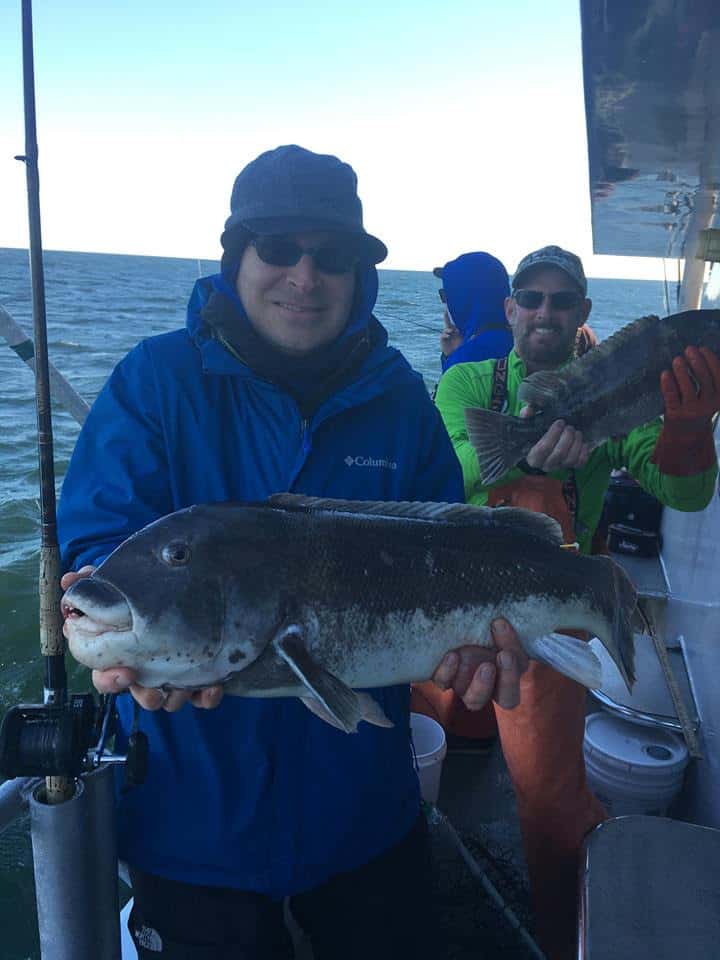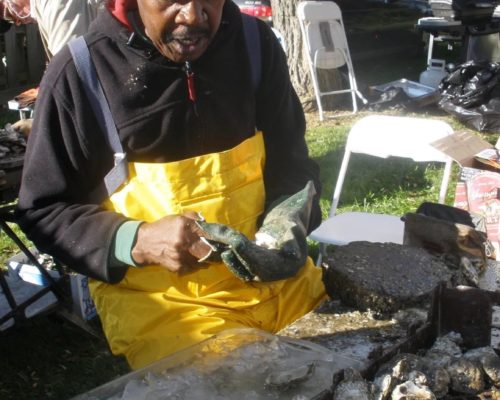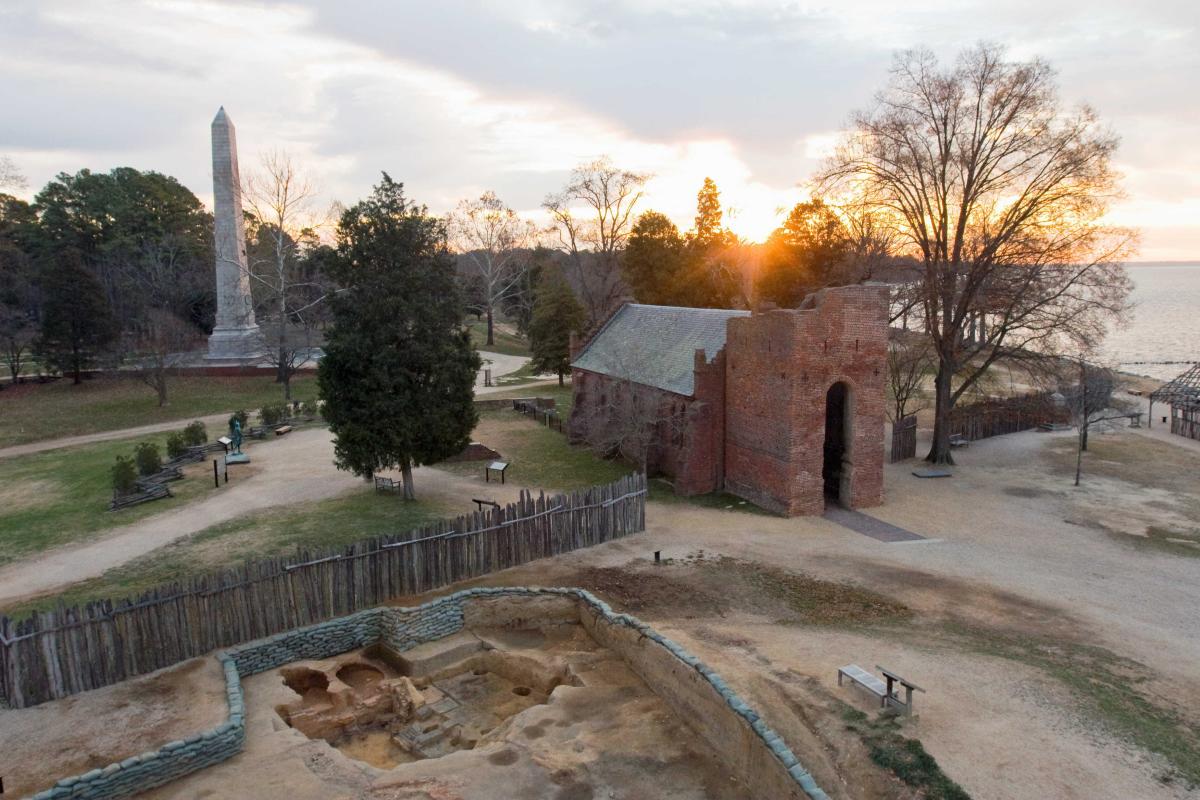Chesapeake Bay researchers are leading the way on a $10 million research project to accelerate shellfish aquaculture.
A team led by engineers at the University of Maryland received the research grant from the US Department of Agriculture (USDA) and the National Institute of Food and Agriculture (NIFA).
Professor Miao Yu, of the University of Maryland (UMD) engineering school, says the grant will allow the team to develop new technology and sustainable management tools. Then farmers can take advantage of both the economic potential and environmental benefits of shellfish growing, which UMD says has been held back by outdated tools and methods until now.
“Up to this point, we haven’t really explored this industry’s potential because it still relies on antiquated technologies—in some cases, tools that go back hundreds of years,” says Yu.
Professor Yu points out that not only are shellfish an excellent source of protein, they can bolster the economy in rural coastal communities (like many on the Chesapeake Bay).
Grant partner UMES plan to prepare undergraduate students “particularly socially and economically disadvantaged and first-generation college students in rural coastal areas, to become a skilled workforce in the American aquaculture industry.”
What kind of technology is the team looking at to make shellfish farming more advanced? Underwater drone monitoring and smart harvesting “can bring about a major boost in production,” Yu says.
“Drone-based technologies for crop surveying and early disease detection. Vision-guided crop cultivation. GPS-guided harvesting. These technologies exist for land agriculture; why shouldn’t they for shellfish aquaculture, too?” says UMD Professor Yang Tao, a grant collaborator.
Researchers have extensive expertise in imaging, robotics and artificial intelligence, seafood automation, aquaculture economic, shellfish biology, and software development.
In addition to UMD’s A. James Clark School of Engineering, team members come from the College of Agriculture and Natural Resources and College of Computer, Mathematical and Natural Sciences as well as the University of Maryland Center for Environmental Science (UMCES), University of Maryland Eastern Shore (UMES), Virginia Polytechnic Institute and State University and others.
Not only are current shellfish farming practices like dredging imprecise, they damage the reefs oysters depend on. With smart technology, harvesting can be more productive and also better protect fragile ecosystems underwater.
Oyster aquaculture is growing as an industry on the Bay–about 15 percent each year, according to the Chesapeake Bay Foundation. UMCES researchers points out that investing in more oyster farm growth on the Chesapeake Bay means more oyster in the water, improving its health.
-Meg Walburn Viviano




